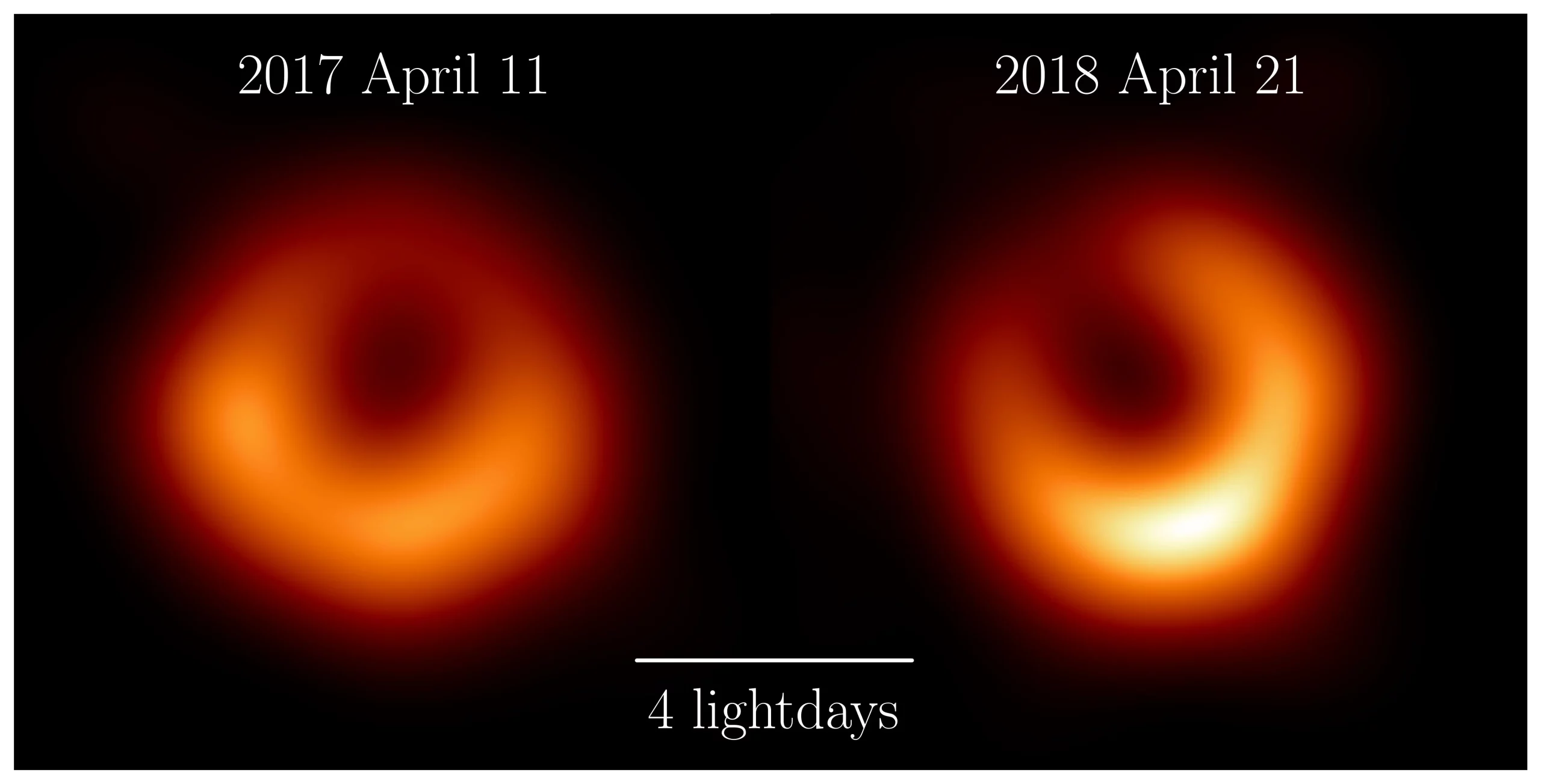
Perimeter will welcome Marcela Carena as its new Executive Director on November 4, 2024. Carena is one of the world’s most renowned experts on particle physics. She comes to Perimeter following her directorship of the Theory Group at Fermi National Accelerator Laboratory and her tenure as a physics professor at the University of Chicago. She has been a Distinguished Visiting Research Chair at Perimeter and served as the chair of Perimeter’s Scientific Advisory Committee from 2022. As Executive Director, she will take over from Robert Myers, a long-time faculty member at Perimeter, following the completion of his five-year term. During his term, Myers oversaw the establishment of Perimeter’s Clay Riddell Centre for Quantum Matter in 2020,
launched new initiatives in quantum causal inference and celestial holography, and established Perimeter’s innovative PSI Start training program. Myers remains at Perimeter as a faculty member and BMO Financial Group Isaac Newton Chair in Theoretical Physics. He passes the torch to Carena confidently, saying, “I am certain that her leadership will guide Perimeter into a bright and exciting future.” Carena’s scientific pedigree and her expertise in fostering strong partnerships and collaborations set her on good footing to lead the Institute through its twenty-fifth anniversary year and into its next quarter-century of foundational research.

The Province of Ontario and the Government of Canada announced new funding for Perimeter Institute this year. The Province committed $36 million over three years via the Ministry of Colleges and Universities while the federal government allocated $34.4 million over five years via Innovation, Science and Economic Development Canada’s Strategic Science Fund. These investments let Perimeter continue offering world-class programs in research, training, and outreach. The funding also ensures that Canada, Ontario, and Perimeter remain hubs for scientific discovery in an increasingly competitive knowledge-based economy worldwide.
“This renewed support will help Perimeter advance breakthroughs in fundamental science, inspire young minds, train exceptional students, and play a central role in expanding Ontario’s and Canada’s quantum ecosystem. We are deeply grateful to our federal and provincial partners for their ongoing support of Perimeter and its mission. Our work would not be possible without them – together, we are creating a world-class hub for theoretical physics, building strong partnerships, and enabling scientific innovation.”
Robert Myers, Director

A picture is worth a thousand words, and new images of supermassive black holes have a lot to say. It takes a global effort to capture and interpret images from the Event Horizon Telescope, and Canadian scientists play a crucial role in making it happen. As a partner institute of the Event Horizon Telescope collaboration, Perimeter researchers, led by Research Associate Faculty member Avery Broderick, are using tools and techniques designed right here in Waterloo to delve into the images of supermassive black holes M87* and SgrA*, telling the story of black hole evolution and bringing the unruly core of our galactic neighbourhood into sharper focus. New results this year produced a second image of M87*, as well as images of polarized light for the first time from both M87* and SgrA*.
Read the story

Refrences:
PI People
Quantum Matter Explorer

If you’ve ever heard an orchestra live, you know how music can swell and fill a space as each instrument combines into a beautiful song. Timothy Hsieh, Director of the Clay Riddell Centre for Quantum Matter and research faculty member, is interested in a similar phenomenon, albeit at a quantum level. Much like a music composer, Hsieh comes up with new combinations of nature’s tiniest pieces and creates blueprints for novel phenomena that could be more powerful than the sum of their parts. The goal is to discover interesting emergent properties in quantum matter that may be useful to the advancement of quantum computing.

Refrences:


Refrences:


Refrences: